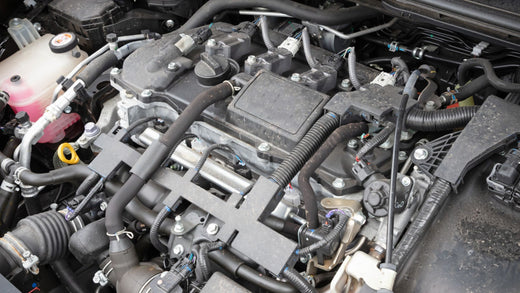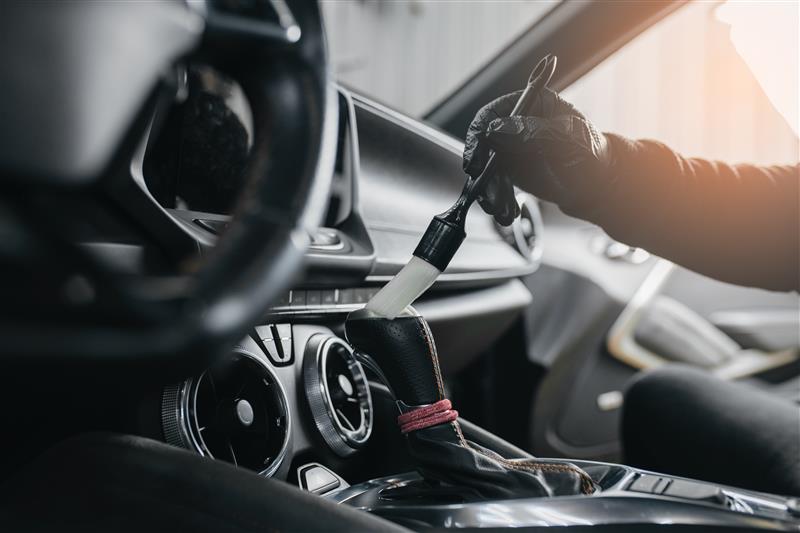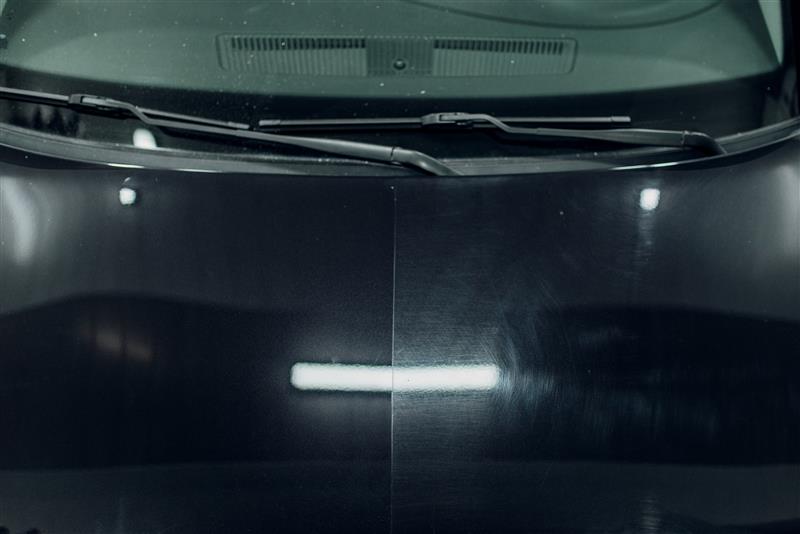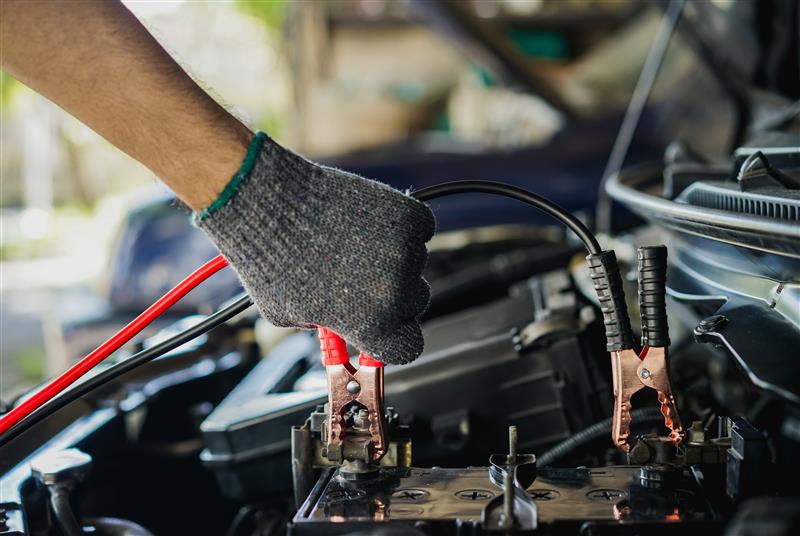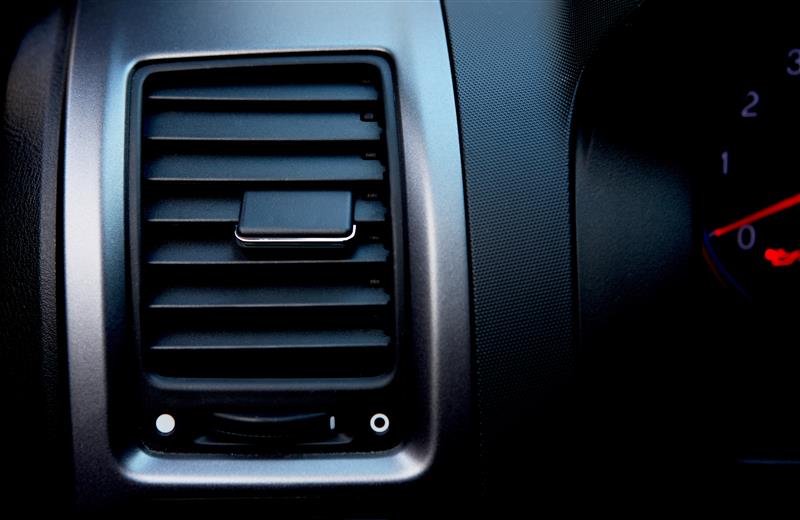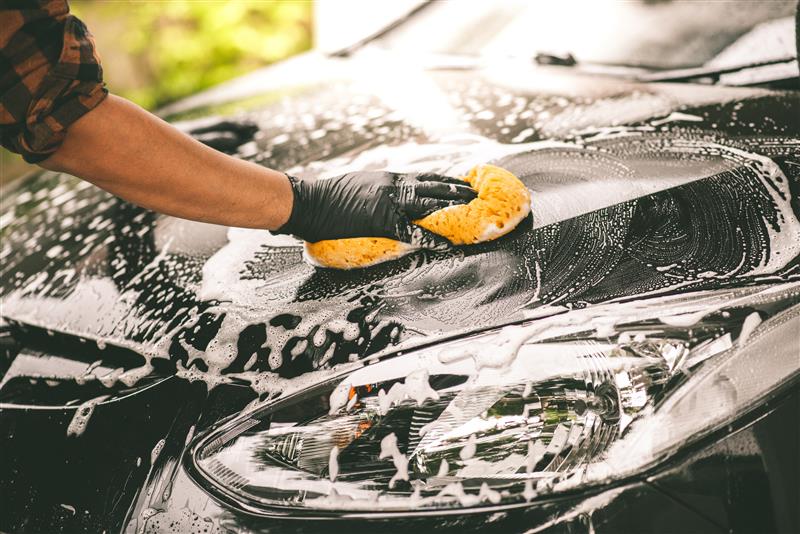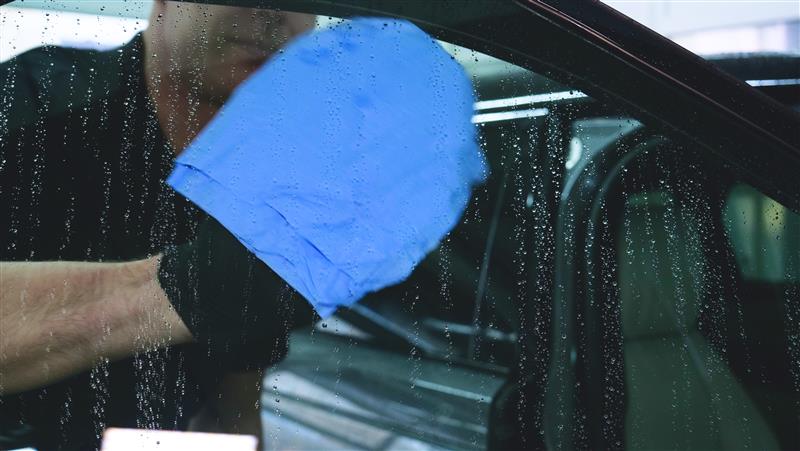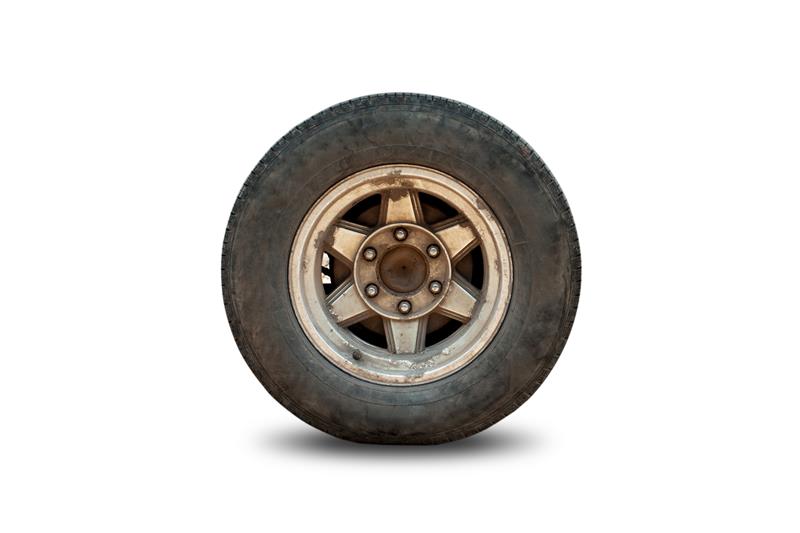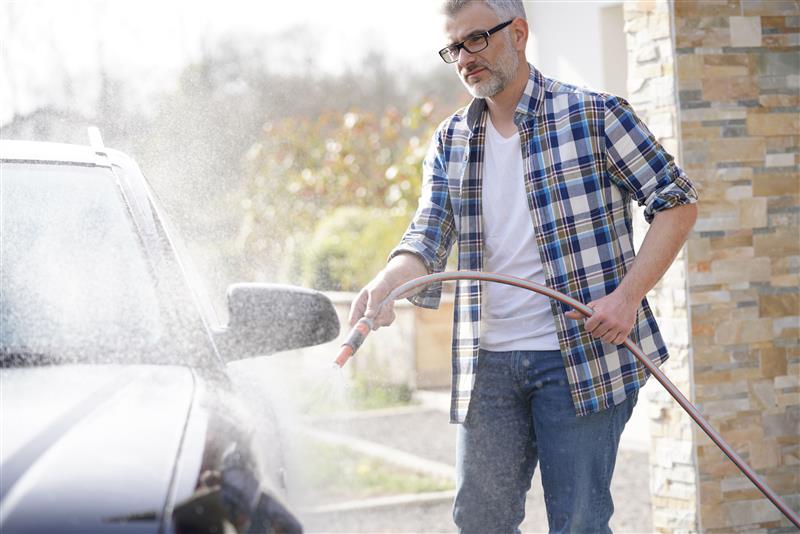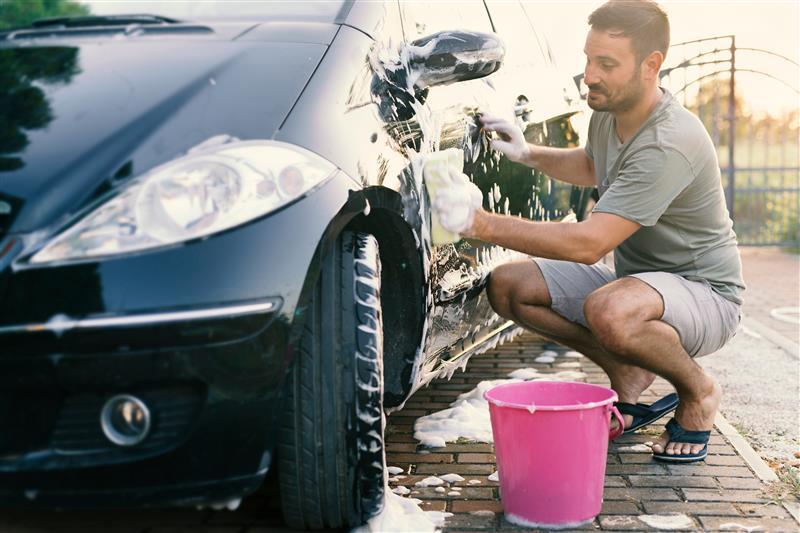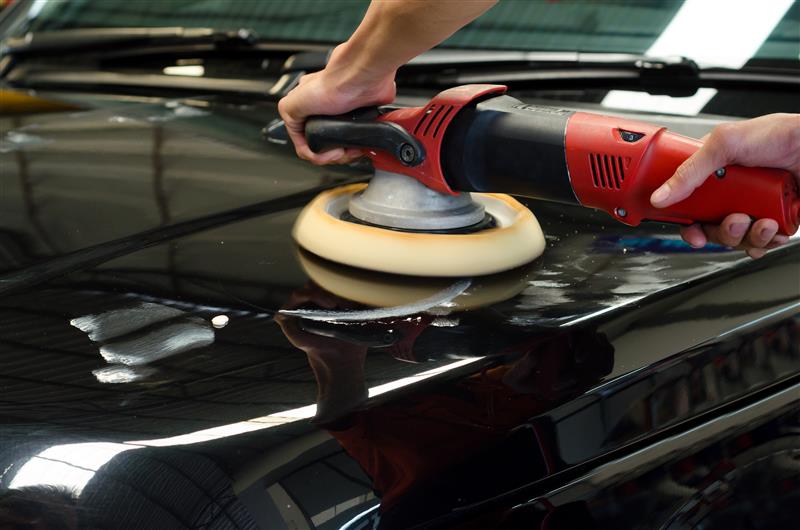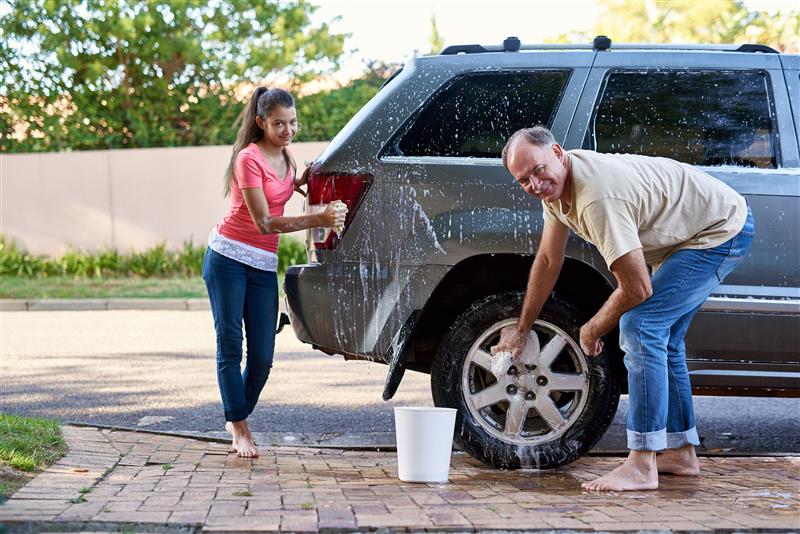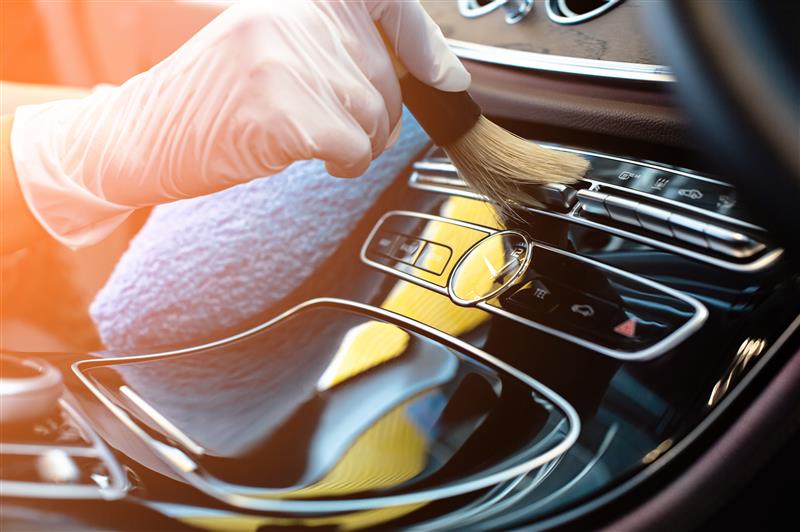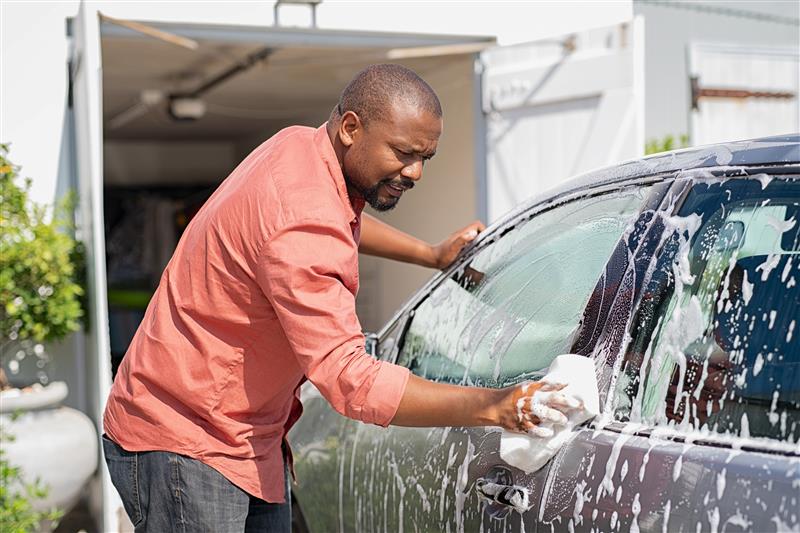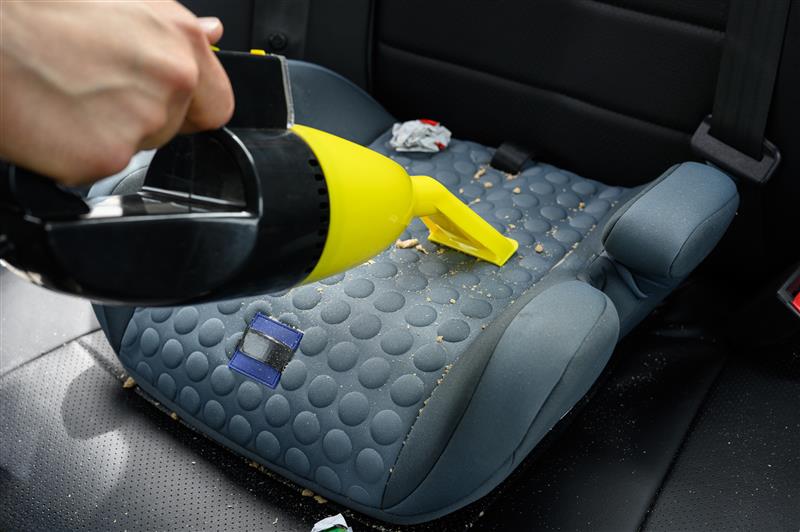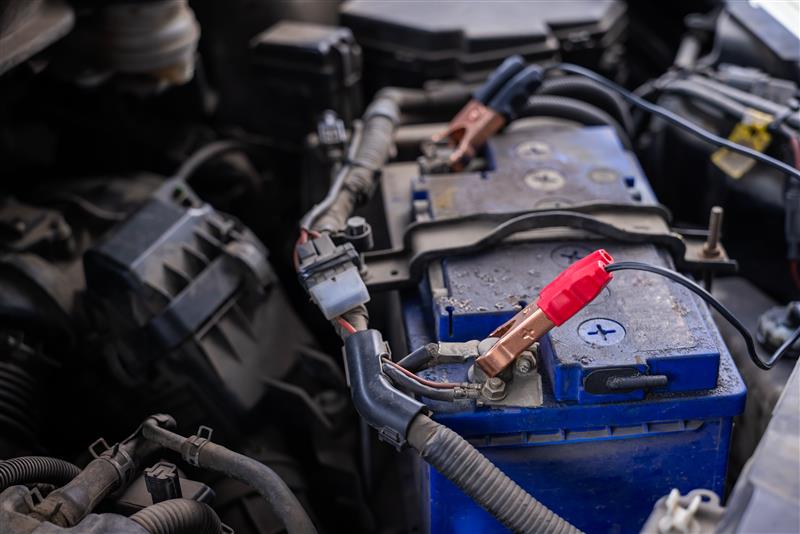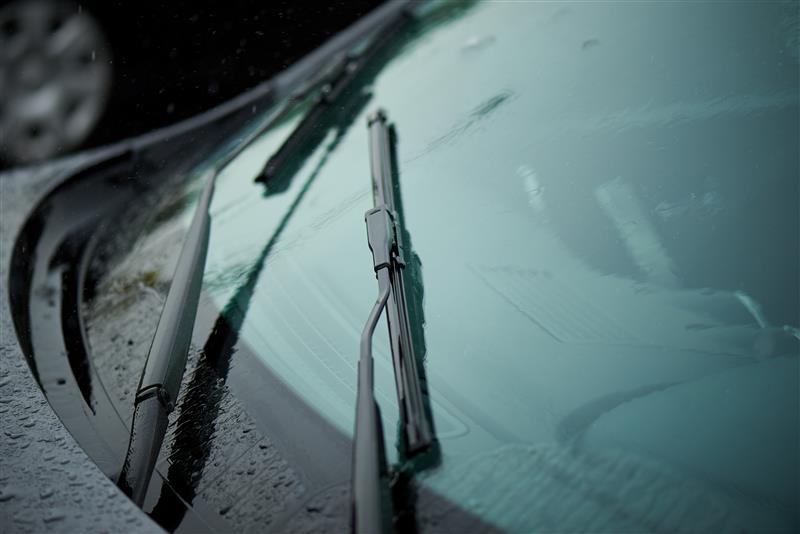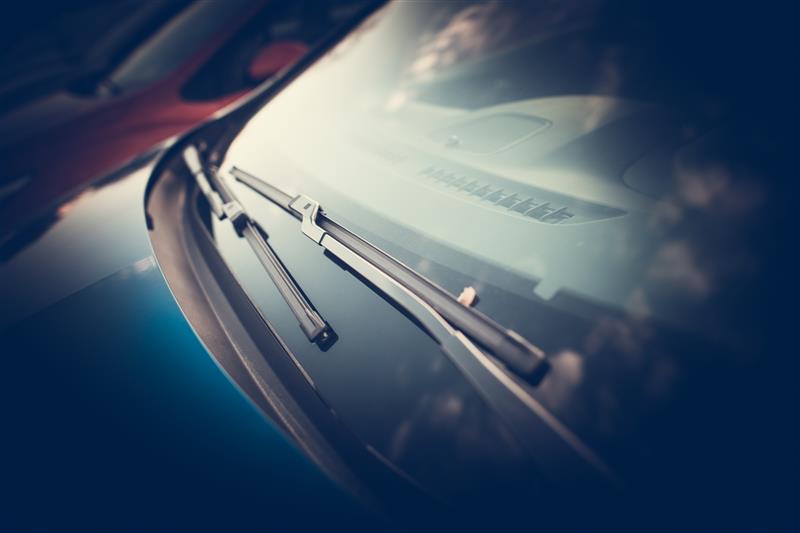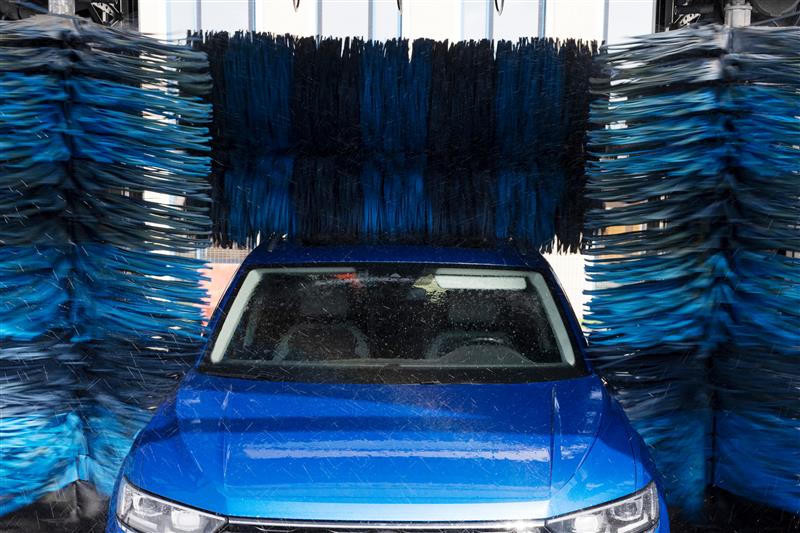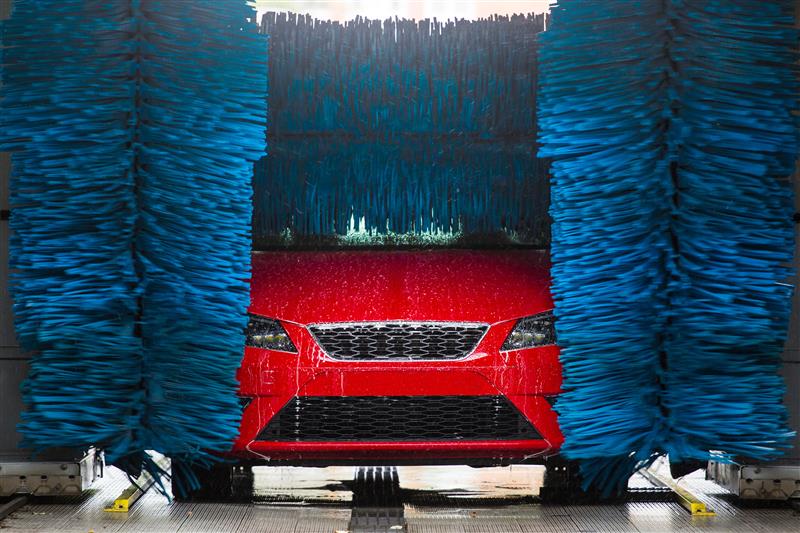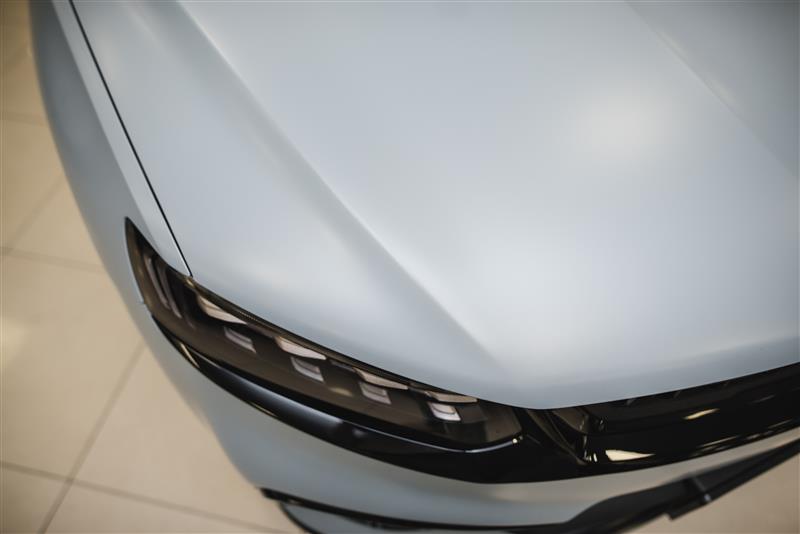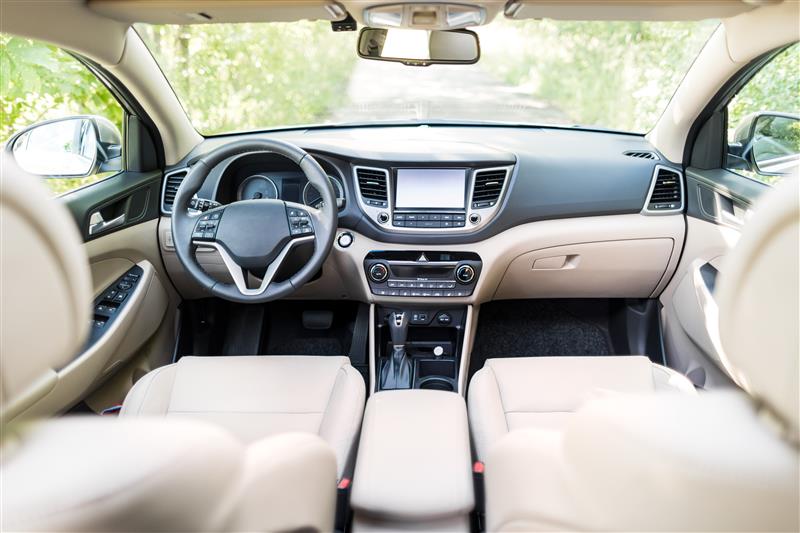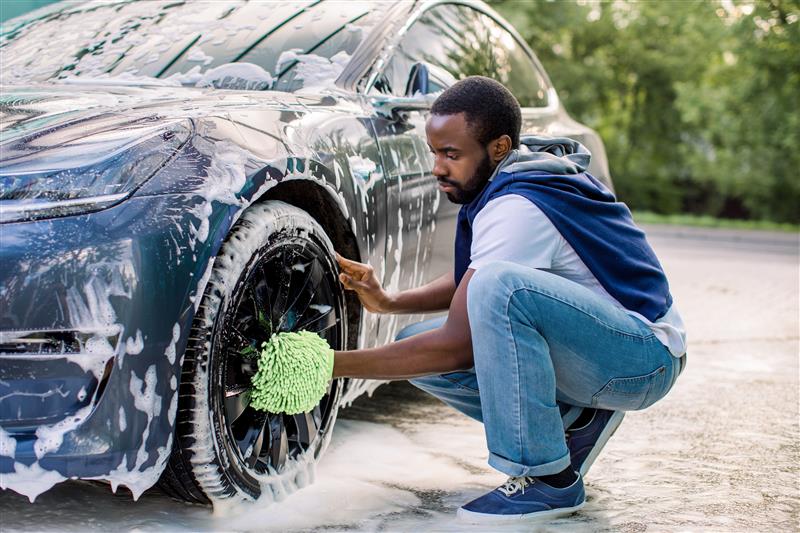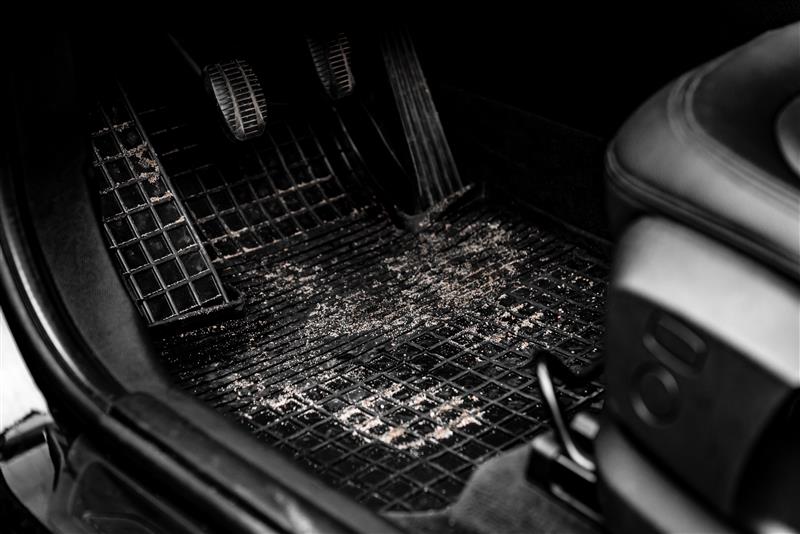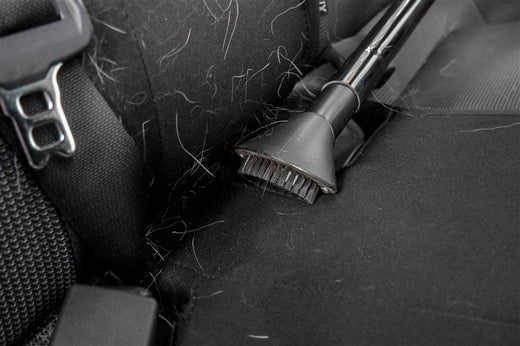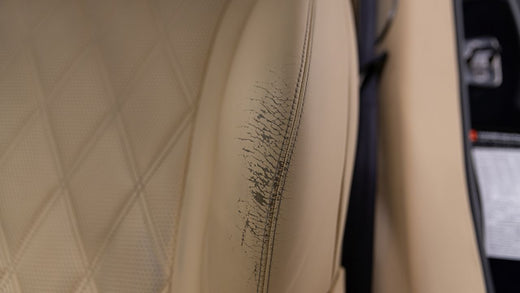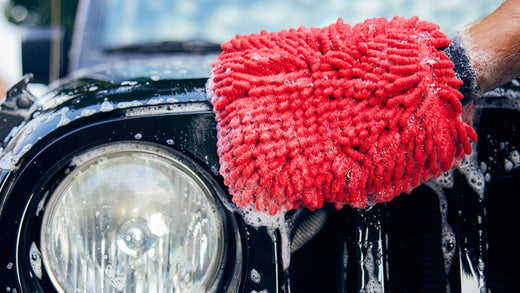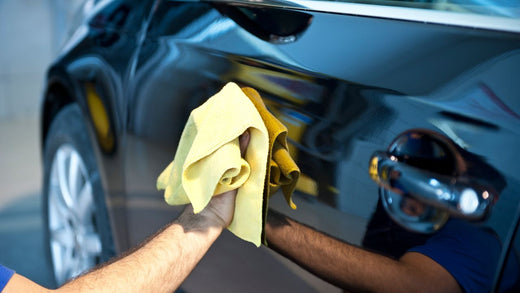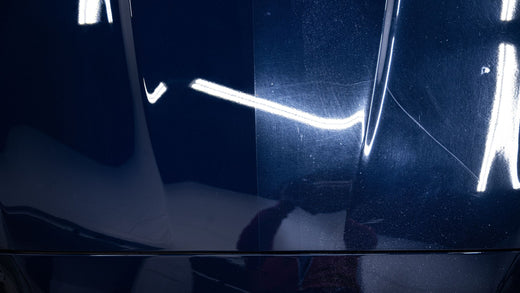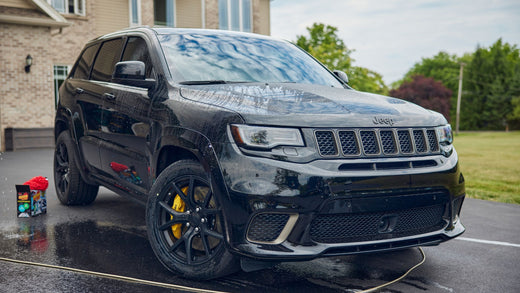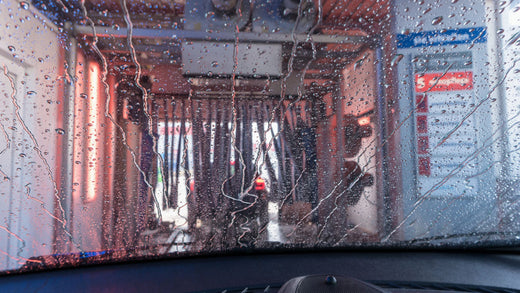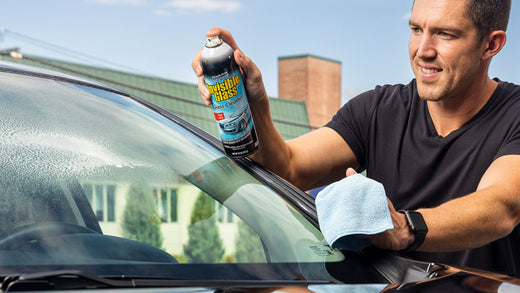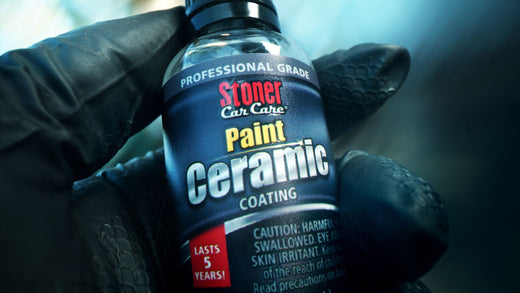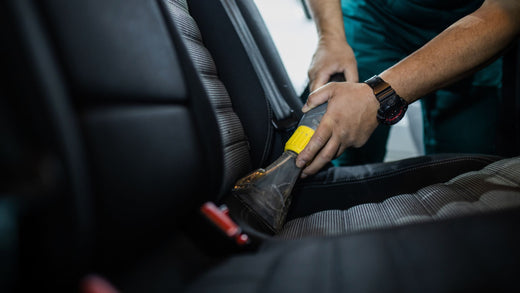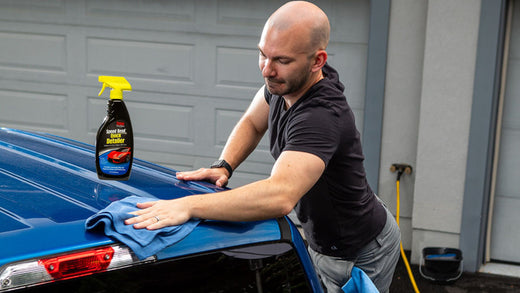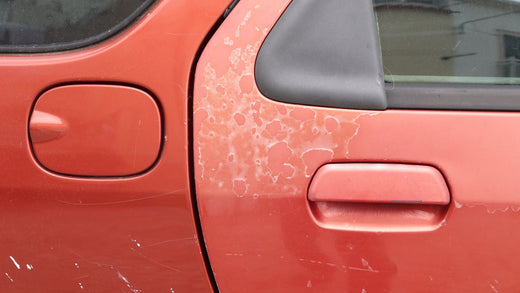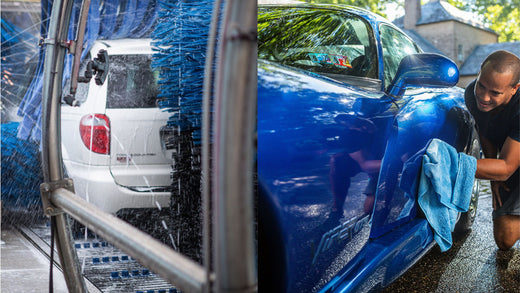Clear vision ahead with our holiday markdowns on Invisible Glass Ceramic Silicone Wiper Blades. Prices as marked.
When you pop open a car hood, getting lost in components, wires, and technology is easy, but cleaning the area is an entirely different task. It might seem daunting, but cleaning an engine bay is easy when you take the proper precaution's. This post will showcase the step-by-step guide to safely detailing  your engine bay.
your engine bay.
To clean a car’s engine bay:
- Let the engine cool.
- Remove light, dry debris such as dirt, dust, pollen, or leaves with a brush or vacuum.
- Unhook the car battery.
- Protect electrical components with a plastic covering.
- Apply a degreaser and scrub with a detailing brush.
- Carefully rinse with a pressure washer, hose, or steamer.
- Dry with microfiber towels.
- Reattach the car battery and remove any plastic coverings.
Necessary Tools and Supplies
Here’s what you’ll need to clean your engine bay effectively and safely:
- Protective gloves
- Vacuum cleaner or air blower
- Plastic coverings
- Degreaser
- A steamer or pressure washer
- Microfiber towels
- Tape
Let the engine cool
Before cleaning, ensure the engine area is cool to the touch. Working with a hot engine area complicates the cleaning process and risks potential damage. Spraying water on a hot engine can cause the metal to contract, which can crack or deform components. If you recently drove, park the car in a cool, shaded area and allow your vehicle to sit for several hours before cleaning.
Remove light, dry debris such as dirt, dust, pollen, or leaves with a brush or vacuum
Start by cleaning any light, dry debris in the engine bay. There’s no need for liquids; simply use a vacuum cleaner or brush to sweep away loose debris. Carefully target areas where you notice dust, pollen, or dried leaves. Be thorough with this step, as the less liquid you use, the less potential for mistakes.
If you’re using a vacuum cleaner, carefully clean sensitive components like wires or plastic tubing. Don’t apply any pressure; gently blow or suck any light debris. If possible, use a hose attachment to get within the small areas of the engine bay.
Unhook the car battery
The battery is the most sensitive component underneath the hood, and batteries don’t come cheap. Remove the cable to ensure your battery is safe from any potential overspray or cleaner by disconnecting the positive terminal (marked with a plus [+] sign). When removing the battery, ensure that you touch the brightly-colored rubber areas of the wire and do not touch any exposed metal.
Once you’ve removed the cable, set it aside safely. If possible, remove the entire battery from the engine bay.
Protect electrical components with a plastic covering
Use a plastic covering to cover several sensitive engine components. You may do this by cutting up a tarp or using plastic trash bags with some tape. Cover the following parts:
- The car battery and terminal, if not removed
- Ignition wires – wires that plug into the head of the main engine
- The engine control unit, which you’ll typically find towards the side of the engine bay --- metal with several plugs inserted into it
- The air intake system, typically located towards the front of the engine bay
Consult your owner’s manual for help in locating these components.
Apply a degreaser and scrub with a detailing brush
Apply your choice of degreaser onto a detailing brush and scrub dirty areas. Start with a small amount of degreaser, and add more as needed. Use small, circular motions to remove dirt and grease.
The engine bay gets hot, and grime and other debris can get baked onto your engine components over time. After applying your degreaser, wait a few minutes for the cleaner to lift any stubborn debris. Don’t feel the need to rush to the next step.
Carefully rinse with a pressure washer, hose, or steamer
It’s time to remove any lingering degreaser or grime with a rinse. Several tools will work for this task, each with benefits and considerations.
Rinsing with a Pressure Washer
A pressure washer is the strongest of three possible choices. They’re excellent at removing stubborn grime and are best used for particularly dirty engines. Begin with 1,000 PSI, and scale up as needed. While using a pressure washer, you shouldn’t use anything more powerful than 1,500 PSI – anything more can risk damage. If there isn’t a control switch for your pressure washer and it’s stronger than 1,500 PSI, stand at least five feet from the engine bay when spraying.
Rinsing with a Hose
A standard garden hose will easily clean a moderately dirty engine bay. Even better, cap your hose with a nozzle with various pressure settings. For stubborn areas, use a jet stream option. For standard rinsing, you can use the rain or mist setting. Though a garden hose won’t be able to clean filthy engines adequately, it’s a safe, versatile option for standard cleaning.
Rinsing with a Steamer
Steamers are the safest option for rinsing engine bays, as they offer a low moisture content and no additional pressure to melt gunk or debris off your engine. Though most people don’t have an industrial steamer, you can rent or buy one for a reasonable price. If your car is newer or the engine bay isn’t that dirty, this is the way to go.
Dry with microfiber towels
After rinsing your engine bay, use a microfiber towel to dry any lingering water or vapor from your components. If you notice your microfiber towel becoming dirty or wet, swap it out for a fresh one. Focus on drying horizontal areas, as this is where water will pool.
Leave the engine hood open for several minutes after cleaning to encourage airflow and allow water to dry up before reconnecting the battery.
Reattach the car battery and remove any plastic coverings
If removed, it’s time to reinsert your battery. Reattach the wires, positive (or red) to the red cap and negative (typically black) to the black cap. Ensure that the caps are firmly closed to prevent any slippage.
Carefully remove any plastic coverings that you used to protect sensitive components.
Keep your bay looking clean!
It might seem daunting, but with a careful hand with the proper precautions, you can safely clean your dirty engine bay. Clean routinely to keep things tidy long-term. Just follow these steps to clean your car’s engine bay:
- Let the engine cool.
- Remove light, dry debris such as dirt, dust, pollen, or leaves with a brush or vacuum.
- Unhook the car battery.
- Protect electrical components with a plastic covering.
- Apply a degreaser and scrub with a detailing brush.
- Carefully rinse with a pressure washer, hose, or steamer.
- Dry with microfiber towels.
- Reattach the car battery and remove any plastic coverings.
With a bit of time and care, your vehicle will be clean inside and out. Keep things looking good under the hood, and enjoy the ride!

